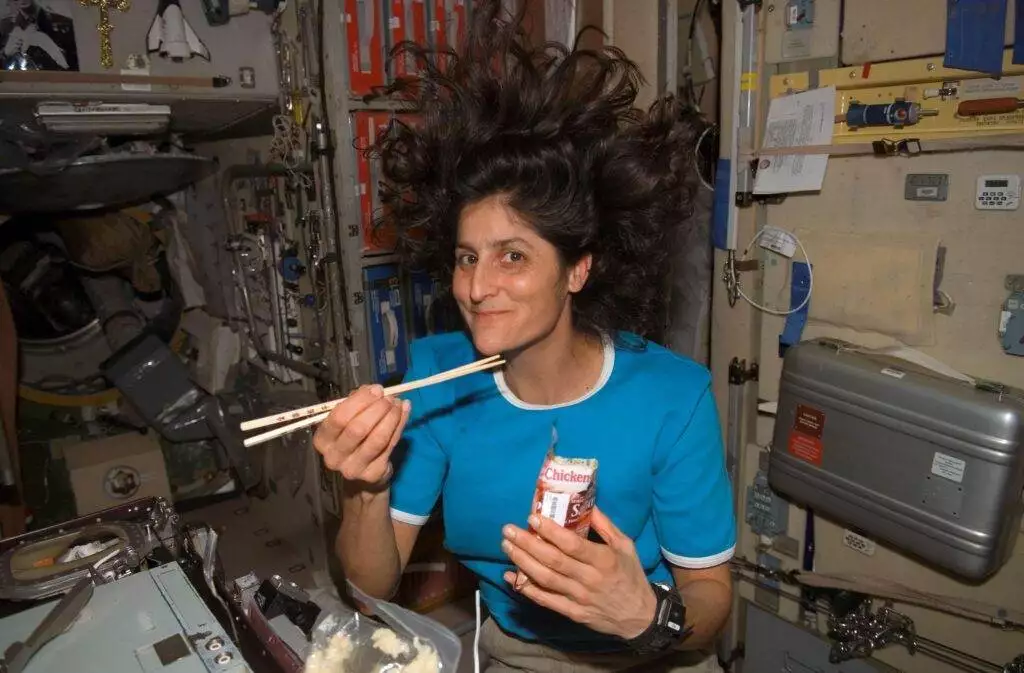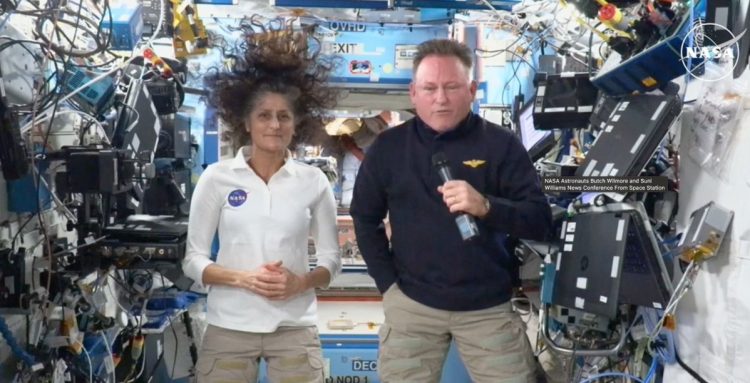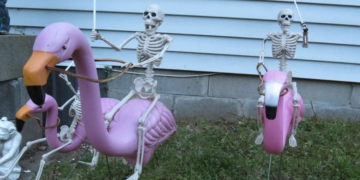After waiting way longer than expected, SpaceX has finally launched a rocket to bring home the two NASA astronauts who got stuck in space for months.
Sunita “Suni” Williams and Barry “Butch” Wilmore were only supposed to be on the International Space Station (ISS) for about a week. Instead, they’ve been floating around up there for over nine months.
Their ride back — Boeing’s Starliner — ran into some serious issues and wasn’t safe enough to use. So, they had no choice but to wait. But now, thanks to SpaceX’s Crew-10 mission, they’re finally coming home.
Crew-10 successfully docks at the ISS
After a long wait, SpaceX’s Crew-10 mission finally made it to the ISS, docking successfully on Sunday, March 16. The rocket had launched from the Kennedy Space Center on Friday evening.
Along with picking up Williams and Wilmore, the mission also brought four new astronauts to the ISS: Anne McClain, Nichole Ayers, Takuya Onishi, and Kirill Peskov. The entire mission was streamed live, so anyone who wanted to watch could catch it on X (formerly Twitter) or the new X TV app.
NASA astronauts have been stuck in space for nine months

Imagine packing for a short trip and then getting stuck for almost a year. That’s exactly what happened to Williams and Wilmore.
They launched in June for what was supposed to be an eight-day mission. But after their Boeing spacecraft had propulsion issues and was ruled unsafe for the trip back, they were stuck with no way to leave. After nine months, people started worrying about how they were doing because zero gravity for that long is no joke.
NASA locks in return plans

NASA has officially set the plan for bringing them back. Preparations for the return home will start at 10:45 p.m. ET on March 17. NASA said:
“NASA and SpaceX met on Sunday to assess weather and splashdown conditions off Florida’s coast for the return of the agency’s Crew-9 mission from the International Space Station.
Mission managers are targeting an earlier Crew-9 return opportunity based on favorable conditions forecasted for the evening of Tuesday, March 18.
The updated return target continues to allow the space station crew members time to complete handover duties while providing operational flexibility ahead of less favorable weather conditions expected for later in the week.”
Astronauts bringing back important research

NASA confirmed that when the astronauts and cosmonaut return, they’ll be bringing back some “time-sensitive research” from the ISS.
NASA also said that final confirmation of the return timing depends on a few things, including spacecraft readiness, weather, and sea conditions. They’ll keep monitoring everything to make sure the splashdown goes as planned.
NASA had backup plans just in case

For a while, NASA wasn’t sure when or how Williams and Wilmore would make it back. There was even talk about squeezing them onto SpaceX’s Crew-9 flight in February, but nothing was confirmed.
Steve Stich, NASA’s Commercial Crew Program manager, explained:
“We have been working with SpaceX to ensure they are ready to respond with Crew-9 as a contingency. We have not formally committed to this path, but we wanted to ensure we had all that flexibility in place.”
Originally, NASA planned to bring them back on Starliner, but when that plan fell apart, they had to come up with a backup solution.
Timeline for astronauts’ return to Earth

Tuesday, March 18:
- 2:45 a.m. (UK time) – Hatch closing coverage begins on NASA+.
- 4:45 p.m. – Undocking coverage begins on NASA+.
- 5:05 a.m. – Undocking.
- 8:45 p.m. – Return coverage begins on NASA+.
- 9:11 p.m. – Deorbit burn (time is approximate).
- 9:57 p.m. – Splashdown (time is approximate).
As of now, splashdown is expected off the Florida coast at 5:57 p.m. local time on March 18 (9:57 p.m. GMT).



















































